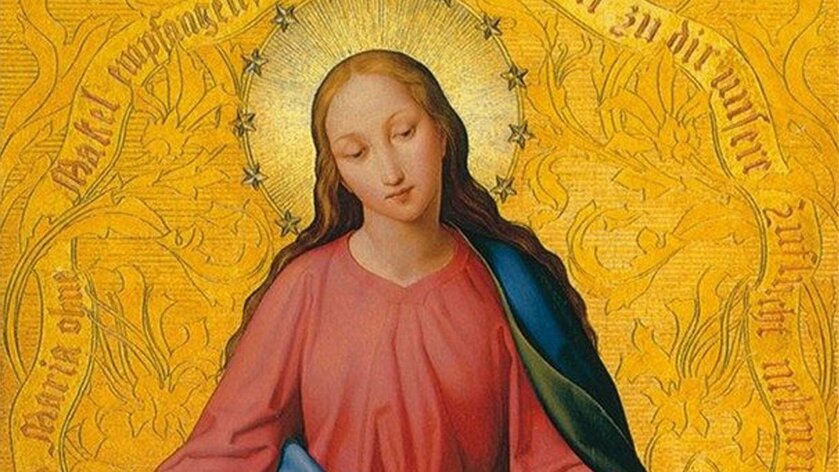Let’s start with the question every hospital machine thinks it can answer but can’t: so… when we die, when do we actually die? Is it the flatline? The last breath? The flicker behind the eyes? How do you measure a soul unhooking—MRI, reflex test, Apple Watch? We talk like it’s instant, but what if the real crossing takes hours? What if it takes days? What if it takes years?
I don’t hear superstition when the old Church ladies talk about the initial forty days after death. I hear a kind of stubborn hope, whispering that dying is less “lights out” and more “the dimmer sliding into another room.” We talk like death happens in one clean second, cue the dramatic soap-opera flatline. But even our best diagnostic machines are guessing. We don’t really know when the “someone” is gone and not just slipping. Maybe the soul steps through death the way you drift from waking into sleep: first the eyelids, then the falling. Almost lucid. Almost aware. And then you’re elsewhere.In the West we have Gregorian Masses, in the East sorokoust and the forty-day memorials, whole chains of Liturgies and prayers laid end-to-end for one soul walking that hallway.
The ancients, East and West, weren’t drawing ghost maps. They were paying attention to the fact that a person doesn’t just vanish. There’s a passage. A hanging-around near the body. A sifting, a clarifying, a being-seen by God and by every power that ever tugged on your desires. Call it toll-houses, call it purgatory, fine. Different accents reaching for the same thing: after death there is a real, God-held process that doesn’t fit on a hospital chart, a forty-day hallway patterned on Christ’s cross, tomb, and ascension. Not a second-chance exam. Just the full unveiling of who you already became.
And here’s the part that makes it feel oddly sane: we still treat consciousness like a light switch too. On. Off. Awake. Gone. But the world hums with layered awareness. Fungi whisper through underground networks. Plants “remember” sounds. Microbes trade intel like tiny diplomats. My gut biome is basically in dialogue with my neighbors. I’m stitched into an ecological and cosmic web I barely understand, and when I die my matter doesn’t evaporate into nonsense; it goes back into that communion I always belonged to. The calcium in my bones, the iron in my blood, the bacteria in my gut, they become soil and food and air again. How far does the echo of my embodied life travel up and out into the fabric of creation? I don’t know. But I know it doesn’t just stop.
That’s not reincarnation and it’s not “I become a tree now.” It’s just the Christian claim that creation participates, that even the dust carries memory. The artwork hums with the presence of the Artist. When Paul says creation groans, he’s not being cute. He’s saying the cosmos is actually praying with us and for us, aching for the same resurrection we are. And if that’s true, then maybe we really are, by analogy, the gut flora of something far larger, tiny creatures moving inside a Story we can’t fully scale up to see. Our prayers, our sins, our kindnesses: microscopic on one level, but strangely consequential. Saints as the healthy bacteria of the Kingdom. Angels watching what we call “history” the way we watch currents in a bloodstream.
Now lay all of that alongside the forty-day path. The soul, still a “someone,” still able to say “I” to God, steps forward while the body is handed back to the earth like an old hymn being sung again by new voices. For three days the soul lingers close, as if God were letting us and the departed share one last overlap of time, whatever “time” means on that side. Then the unveiling deepens. No spin. No persona. No curated profile. Just the truth of who we really have become in relation to Love. The East imagines tests and tolls, the West imagines purifying fire, but both are circling the same reality: as we approach the Holy One, the false layers burn off.
And in that passage the Church doesn’t just sit politely. She storms heaven. Psalms, incense, koliva, rosaries, almsgiving, Divine Liturgy, Masses for the dead, not because God needs more paperwork, but because communion is real. If reality is this woven together, then love actually reaches people, even beyond death. By the fortieth day, the person stands before Christ in a way that sets something deep: not the Final Judgment (that waits for the resurrection of all flesh), but the honest trajectory of a soul that has been steadily turning toward light or away from it. The dimmer hasn’t been flipped off; it has been slowly nudged in one direction, and God finally names what we’ve chosen.
So the forty-day mystery isn’t about medieval superstition. It’s about scale. It’s about remembering that nothing in us is disposable, our cells, our microbiome, our grudges, our forgiveness, our hidden prayers and bored distractions and small mercies. All of it is already feeding into who we are becoming, already part of our forty-day story. Death will dim the room. The Church will pray. The soul will walk. The body will seed the earth. And one day, God will gather every fragment, cellular, historical, spiritual, and hand you, actually you, back to yourself in a resurrected body.
That’s not meant to scare you.
It’s meant to tell you your life is so much bigger than you think.


















